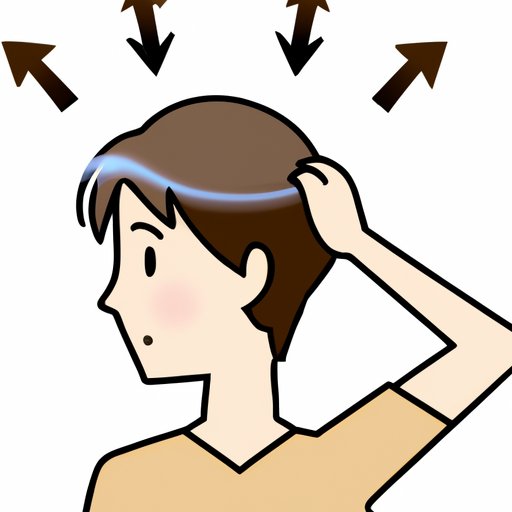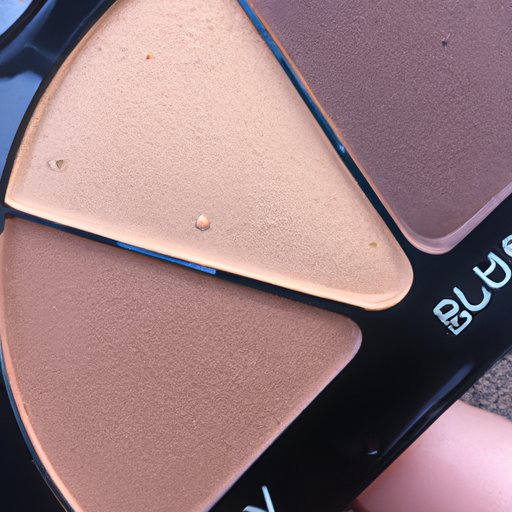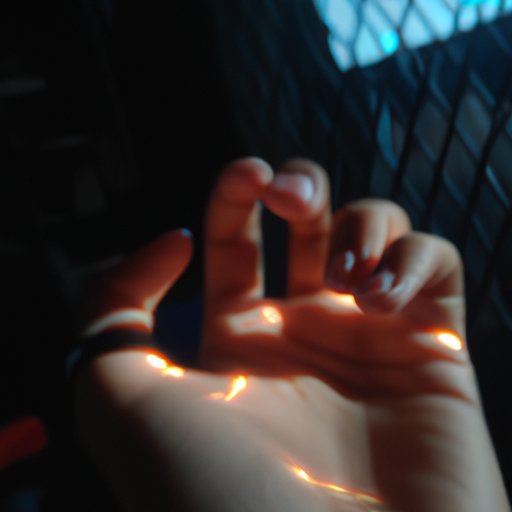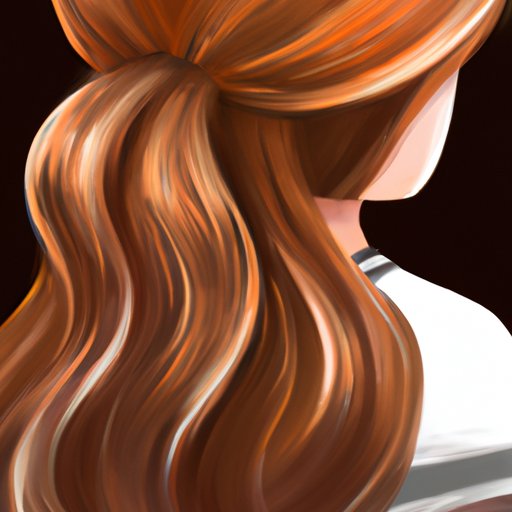Introduction
Drawing realistic hair can be a daunting task for many artists. After all, it’s one of the most difficult things to capture accurately in a drawing. But with a few simple steps, you can learn how to draw realistic hair and create beautiful artworks.
Realistic hair drawing is the process of creating an accurate representation of human hair. This includes capturing the detail, texture, and flow of hair, as well as the subtle differences between each strand. By learning the basics of realistic hair drawing, you can create stunning artworks that are true to life.
In this article, we’ll cover the basics of realistic hair drawing, including how to research different hair styles and textures, use reference images for inspiration, consider the direction of hair growth, shade and blend for a natural look, pay attention to highlights and lowlights, and practice, practice, practice! Read on to learn more.
Research Different Hair Styles and Textures
The first step in learning how to draw realistic hair is to identify the type of hair you are trying to draw. Are you drawing curly hair, straight hair, wavy hair, or something else? Each type of hair has its own unique characteristics that you need to be aware of when drawing.
Once you’ve identified the type of hair you are drawing, the next step is to look at reference images to see different styles and textures. Look at photos of people with the same type of hair as your subject and observe the way their hair falls and moves. Pay close attention to the details and note any patterns or shapes you see.
Use Reference Images for Inspiration
Using reference images can be a great way to get inspired and give you ideas for your drawing. Look at photos of people with the same type of hair as your subject and take note of the way the hair falls and moves. Use these photos as a guide for what your drawing should look like.
You can also find inspiration from other drawings and artworks. Look online and in magazines to see how other artists have drawn hair and what techniques they used. Take note of the techniques they use and try to incorporate them into your own artwork.

Consider the Direction of Hair Growth
When drawing realistic hair, it’s important to pay attention to the direction of each strand of hair. Look at the way the hair grows and flows naturally and make sure to capture this in your drawing. This will help create a more realistic look and make your drawing stand out.
Pay special attention to the way the hair parts, as this will give your drawing a more natural look. Note the direction each strand takes and try to capture this in your drawing.

Shade and Blend for a Natural Look
Creating a realistic look in your drawing requires more than just capturing the shape and structure of the hair. You also need to choose the right shades to create depth and texture. Start by sketching the outline of the hair and then start adding layers of different shades to create a sense of depth.
Once you’ve added the shades, you can start blending them together to create a more natural look. Use blending techniques such as hatching, cross-hatching, stippling, and scumbling to create soft transitions between the different shades.

Pay Attention to the Highlights and Lowlights
Highlights and lowlights are an important part of creating a realistic look in your drawing. Highlights are the lighter areas of the hair, while lowlights are the darker areas. These light and dark areas help create a sense of depth and texture in your drawing.
Try to capture the highlights and lowlights in your drawing by using light and dark shades. Experiment with different shades to find the ones that work best for your drawing. You may even want to mix your own shades to get the desired effect.
Practice, Practice, Practice!
As with any skill, the key to perfecting your drawing is practice. Don’t be afraid to experiment with different techniques and find the best one for you. Try out different shading and blending techniques, and don’t be afraid to make mistakes. Over time, you’ll start to see improvement in your drawings.
Take your time and try not to rush your drawings. If you feel like you’re stuck, take a break and come back to it later. With patience and practice, you’ll soon be able to draw realistic hair like a pro!
Conclusion
Drawing realistic hair can be a challenging task, but with a few simple steps, you can learn how to do it. Research different hair styles and textures, use reference images for inspiration, consider the direction of hair growth, shade and blend for a natural look, pay attention to the highlights and lowlights, and practice, practice, practice! With dedication and patience, you can create stunning artworks that are true to life.
We hope this article has given you some insight into how to draw realistic hair.


